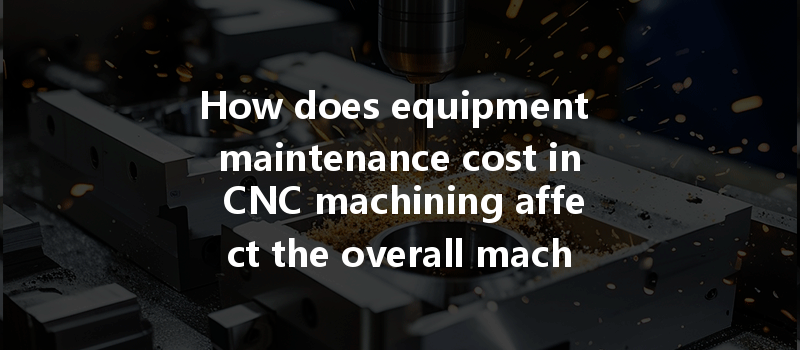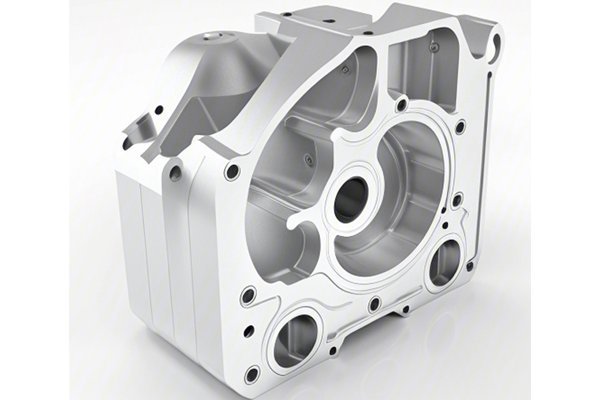Have you ever considered how a seemingly minor aspect of manufacturing, like equipment maintenance, can dramatically influence both costs and efficiency in CNC machining? According to a report from the Manufacturing Institute, equipment downtime costs manufacturers approximately $50 billion annually, highlighting the critical need for understanding maintenance strategies that can save money and enhance production efficiency. In this extensive blog, we will uncover how maintenance costs impact CNC machining operations and delve into solutions that can optimize performance and reduce expenses.
Understanding CNC Machining in the Context of Maintenance
CNC machining, or Computer Numerical Control machining, is a process that uses programmed computers to control machinery. Equipment for CNC machining comprises various tools like lathes, mills, and grinders—all essential for shaping materials to precise specifications. However, just like any machine operation, these tools require regular maintenance to function optimally.
When machinery operates at peak performance, it results in higher efficiency levels, better quality products, and improved profitability. Conversely, neglecting routine maintenance can lead to machine breakdowns, production delays, and increased operational costs.
The Cost Breakdown: Maintenance vs. Production
To appreciate how maintenance costs affect overall machining expenses, consider the following breakdown:
The Ripple Effect of Equipment Maintenance Costs
The efficiency of a production line is vastly affected by the state of its machinery. When CNC machines are well-maintained, they function with optimal speed and accuracy. On the flip side, equipment in poor condition can lead to:
Effective maintenance is critical for ensuring the quality of finished products in CNC machining. Quality issues arise from:
Ignoring maintenance or investing insufficiently can lead to escalating costs. The financial implications include:
Solutions to Optimize Maintenance Costs in CNC Machining

Predictive maintenance utilizes data analytics, machine learning, and IoT technologies to predict when machines might fail or require maintenance. By leveraging sensors on equipment, manufacturers can keep track of machine health and performance in real-time.
Benefits of Predictive Maintenance:
Total Productive Maintenance is an all-encompassing approach aimed at maximizing the productivity of equipment through proactive maintenance measures. TPM drives a culture where everyone in the organization is involved in maintaining the integrity of equipment.
TPM Strategies Include:
Using high-quality equipment and tools may require a more significant initial investment, but they often yield better long-term returns. Higher-quality CNC machines typically boast enhanced features and reliability, reducing overall maintenance needs.
Considerations for Investment:
Maintenance management software streamlines the process of documenting maintenance records, scheduling tasks, and tracking performance metrics. It allows manufacturers to manage maintenance operations and analyze data effectively.
Benefits of Software Solutions:
: The Importance of Strategic Maintenance in CNC Machining
In today’s competitive manufacturing landscape, understanding and addressing the costs associated with equipment maintenance in CNC machining is crucial. As explored throughout this blog, maintenance costs significantly impact production efficiency, product quality, and overall profitability.
By implementing strategies like predictive maintenance, Total Productive Maintenance (TPM), investing in quality tools, and leveraging maintenance management software, manufacturers can mitigate costs, boost efficiency, and enhance product quality.
Reflecting on the value of effective equipment maintenance underscores the importance of prioritizing these practices in the overall production strategy. A well-implemented maintenance program not only prevents costly breakdowns but also positions a company as a leader in efficiency and quality.
Now, as you consider your CNC operations, remember that investing time and resources into effective equipment maintenance today will yield dividends in improved productivity, reduced costs, and greater customer satisfaction tomorrow. Maintaining your machinery is not merely a formality; it is a critical component in sustaining a successful manufacturing business.






